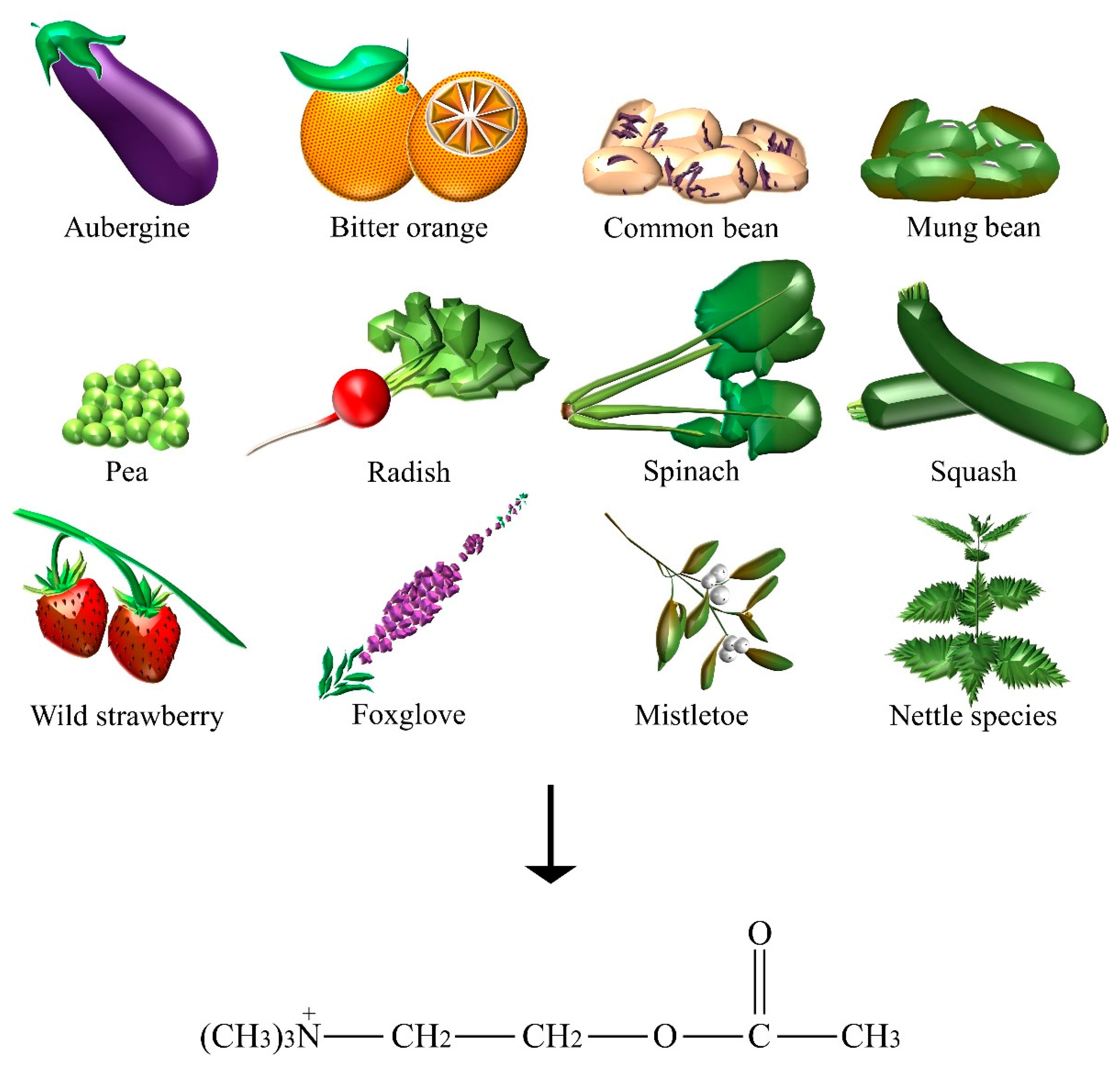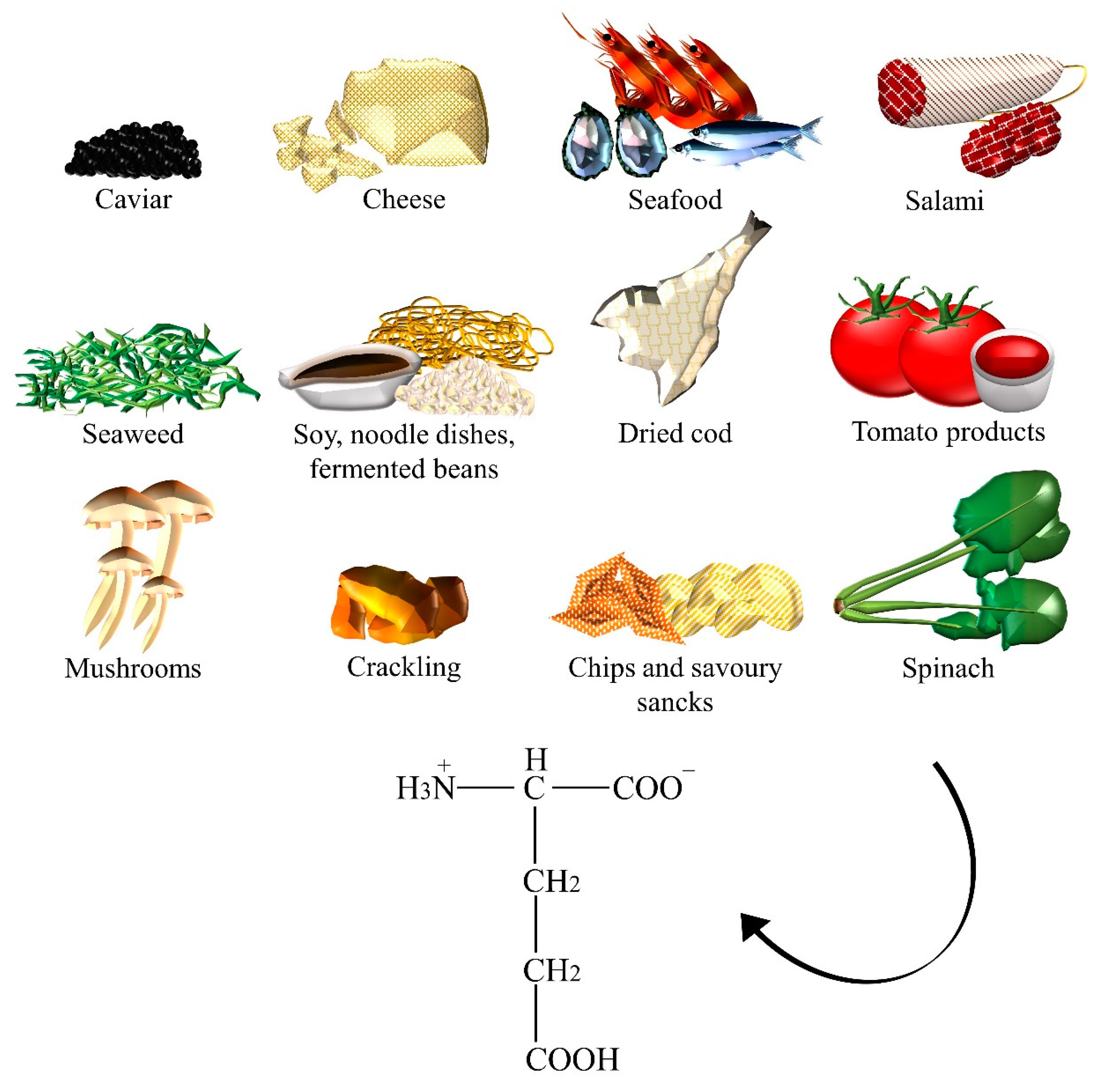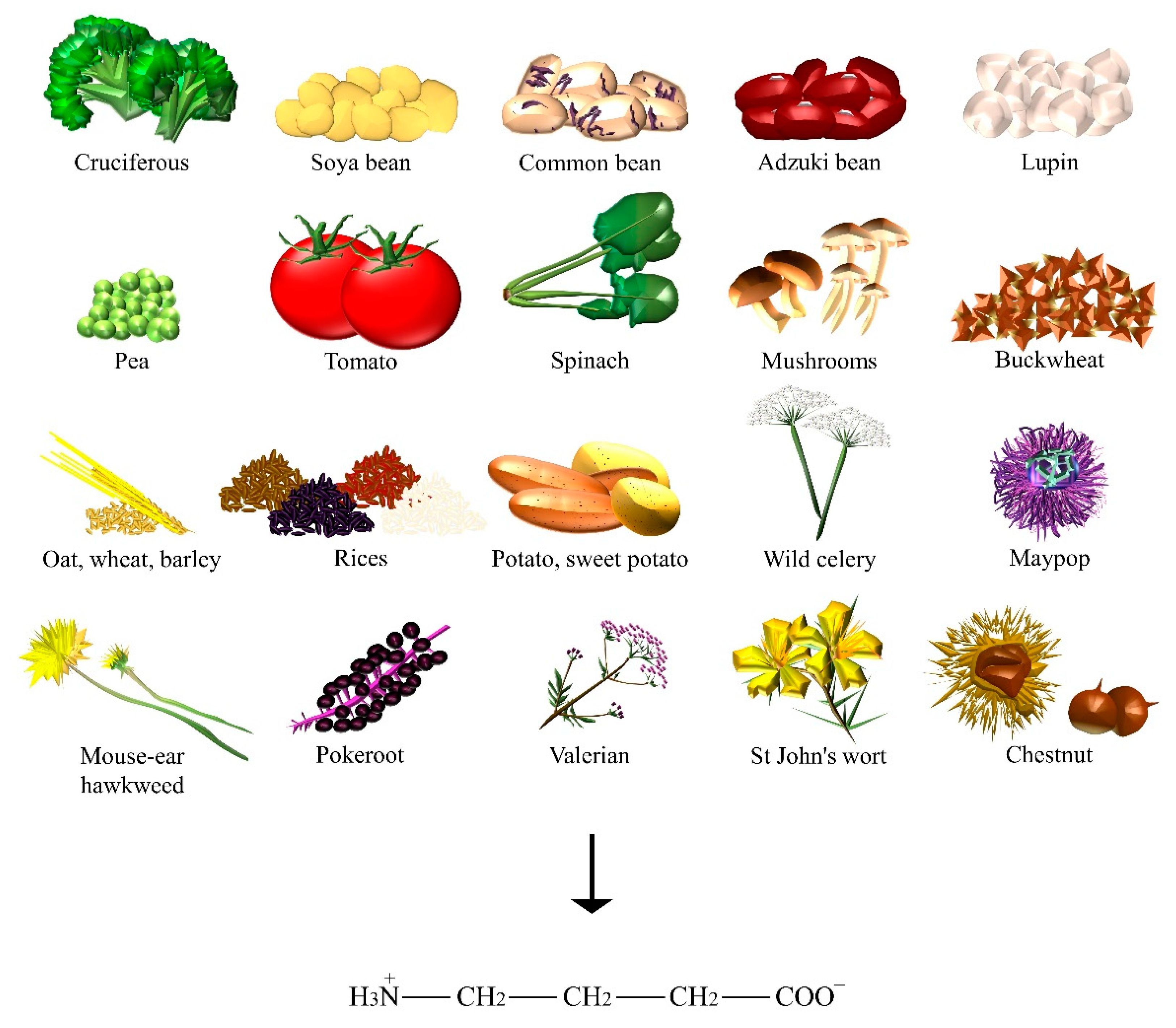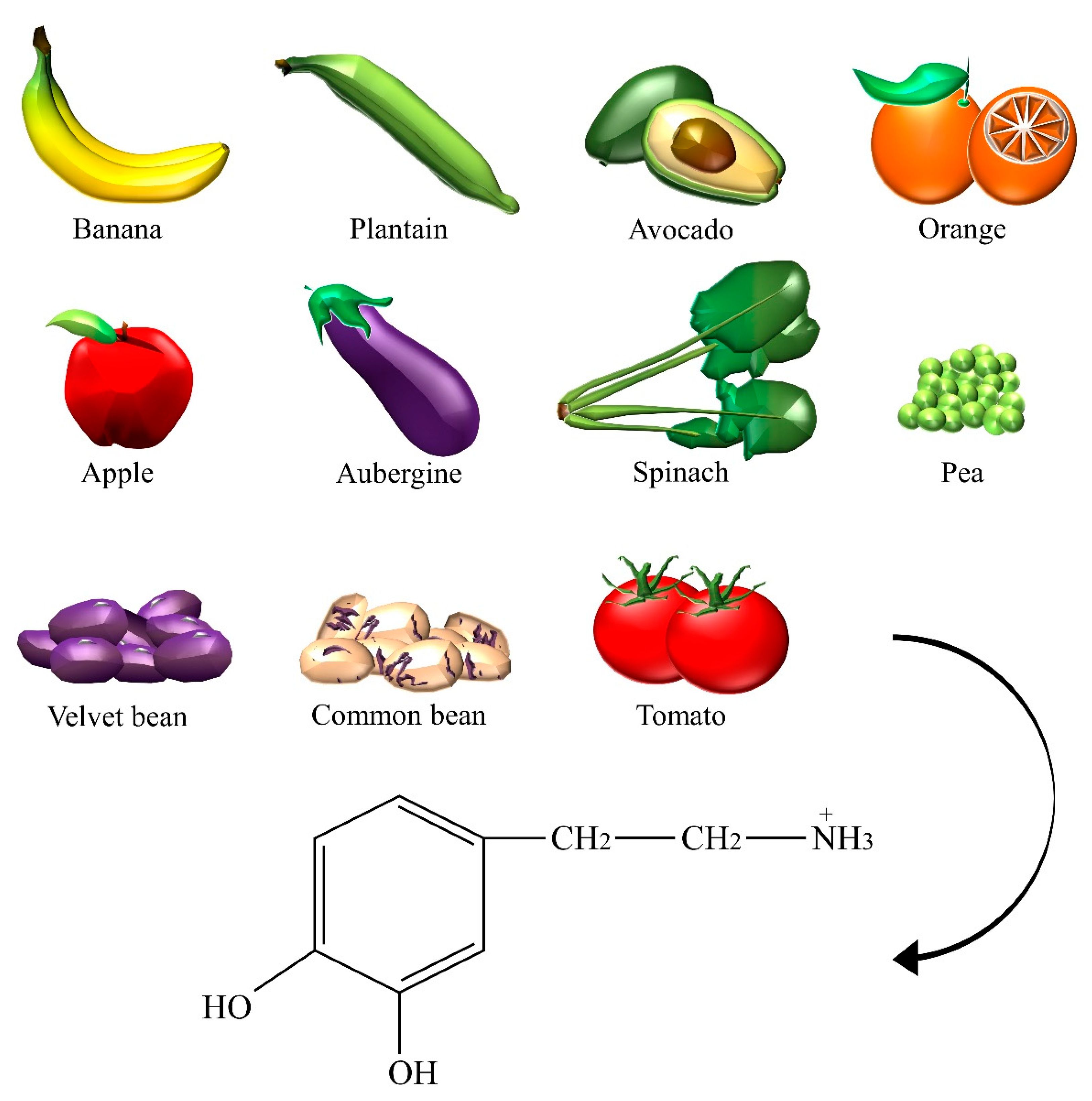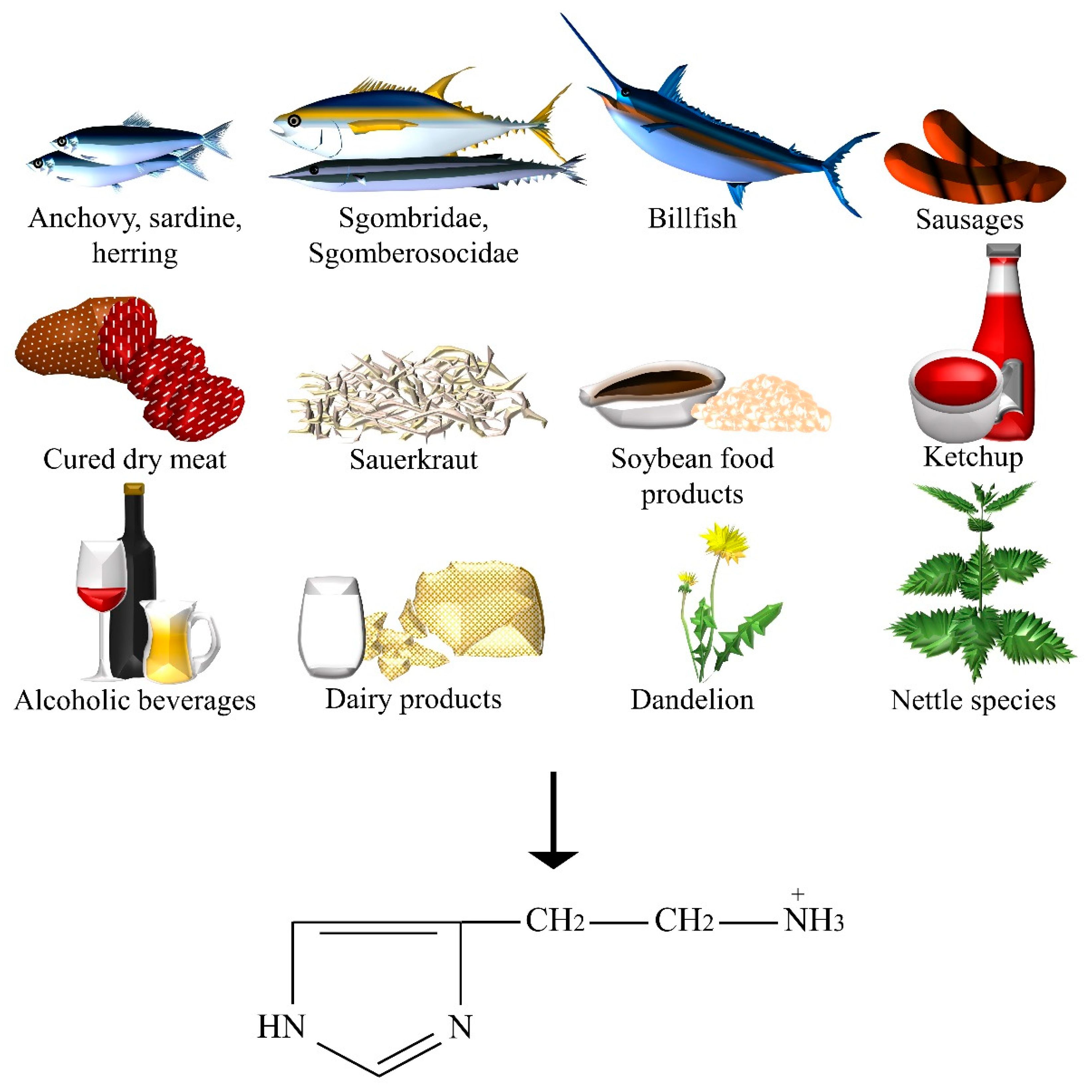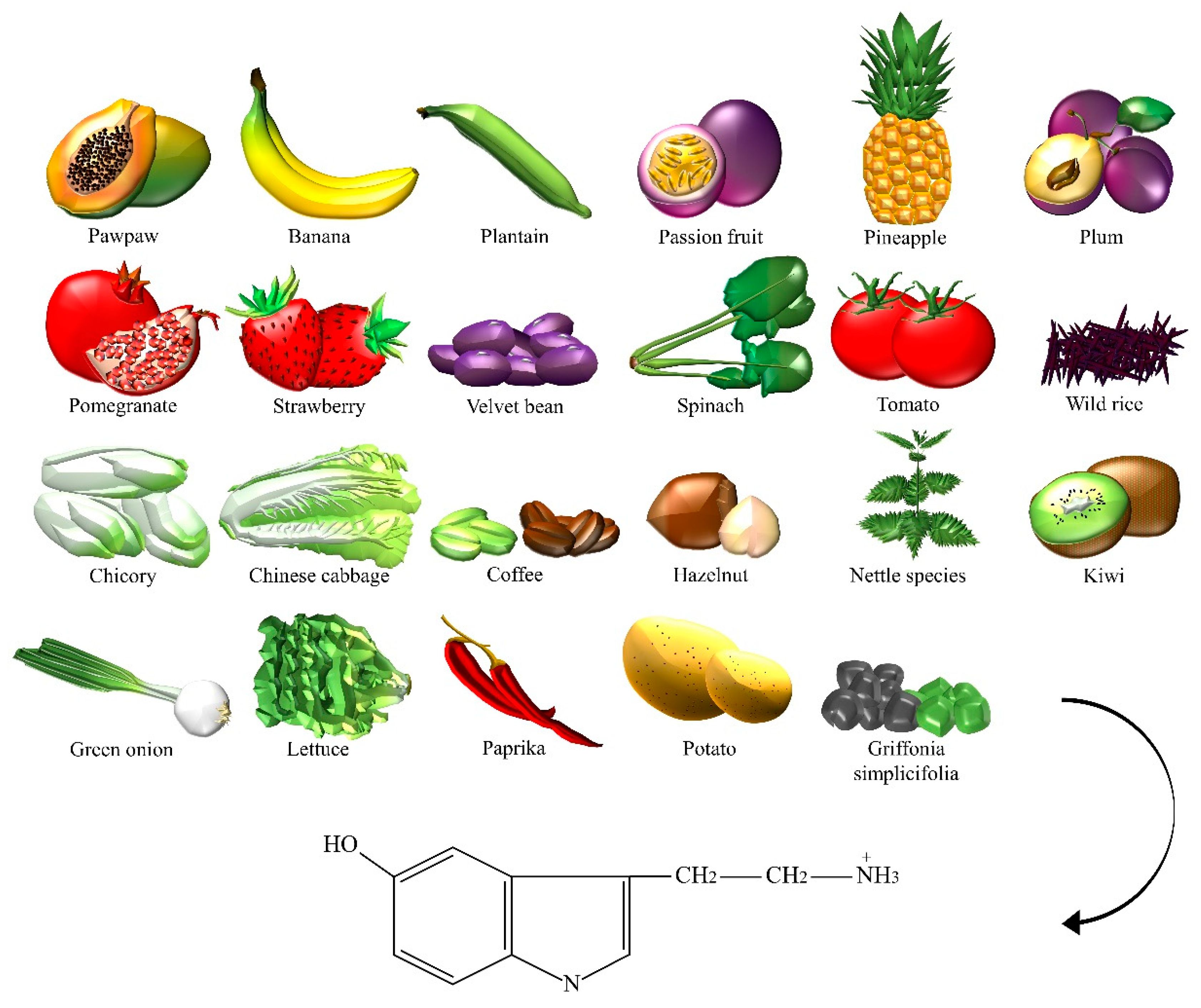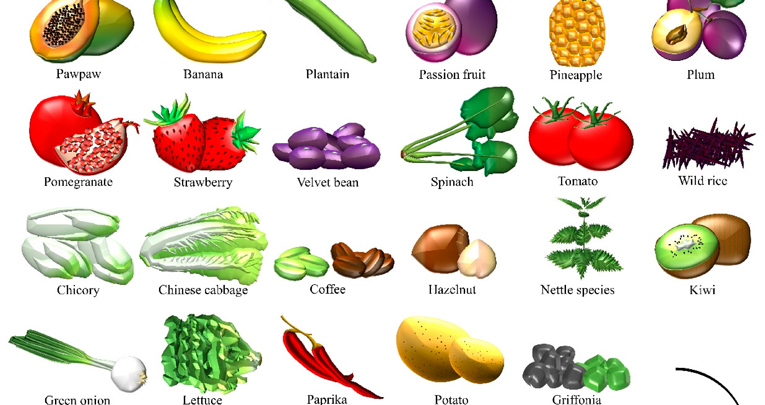
Journal of Neuroendocrinology, February 2018
Steroids, stress and the gut microbiome-brain axis
Tetel MJ 1 , de Vries GJ 2 , Melcangi RC 3 , Panzica G 4 , O'Mahony SM 5
It is becoming well established that the gut microbiome has a profound impact on human health and disease. In this review, we explore how steroids can influence the gut microbiota and, in turn, how the gut microbiota can influence hormone levels. Within the context of the gut microbiome-brain axis, we discuss how perturbations in the gut microbiota can alter the stress axis and behaviour. In addition, human studies on the possible role of gut microbiota in depression and anxiety are examined. Finally, we present some of the challenges and important questions that need to be addressed by future research in this exciting new area at the intersection of steroids, stress, gut-brain axis and human health.
1
Neuroscience Program, Wellesley College, Wellesley, MA, USA
2
Neuroscience Institute, Georgia State University, Atlanta, GA, USA.
3
Dipartimento di Scienze Farmacologiche e Biomolecolari, Università degli Studi di Milano, Milan, Italy.
4
Dipartimento di Neuroscienze "Rita Levi Montalcini", Neuroscience Institute Cavalieri Ottolenghi (NICO), Università degli Studi di Torino, Orbassano, Italy.
5
Department of Anatomy and Neuroscience, APC Microbiome Institute, University College Cork, Cork, Ireland.
Nutrients, May 2018
Dietary Neurotransmitters: A Narrative Review on Current Knowledge
Matteo Briguglio 1 , Bernardo Dell’Osso 2,3 , Giancarlo Panzica 4 , Antonio Malgaroli 5 , Giuseppe Banfi 6 , Carlotta Zanaboni Dina 1 , Roberta Galentino 1 e Mauro Porta 1
Foods are natural sources of substances that may exert crucial effects on the nervous system in humans. Some of these substances are neurotransmitters (NTs): acetylcholine (ACh), the modified amino acids glutamate and γ-aminobutyric acid (GABA), and the biogenic amines dopamine, serotonin (5-HT), and histamine. In neuropsychiatry, progressive integration of dietary approaches in clinical routine made it necessary to discern the more about some of these dietary NTs. Relevant books and literature from PubMed and Scopus databases were searched for data on food sources of Ach, glutamate, GABA, dopamine, 5-HT, and histamine.
Different animal foods, fruits, edible plants, roots, and botanicals were reported to contain NTs. These substances can either be naturally present, as part of essential metabolic processes and ecological interactions, or derive from controlled/uncontrolled food technology processes. Ripening time, methods of preservation and cooking, and microbial activity further contributes to NTs content.
Moreover, gut microbiota are considerable sources of NTs. However, the significance of dietary NTs intake needs to be further investigated as there are no significant data on their bioavailability, neuronal/non neuronal effects, or clinical implications. Evidence-based interventions studies should be encouraged.
> read more (open access article)







